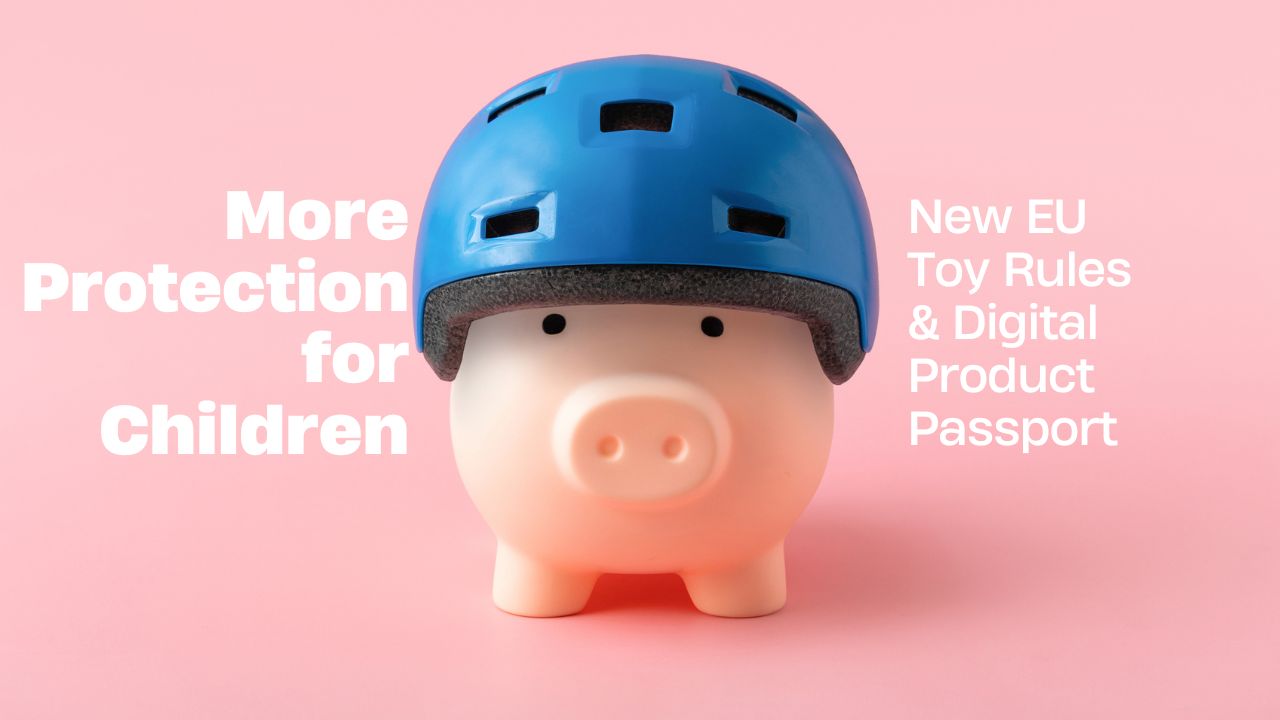
On April 10, 2025, the Council of the EU and the European Parliament agreed on a revised Toy Safety Regulation. The goal is to better protect children from harmful chemicals in toys in the future. Key changes introduced by the new regulations include:
The new regulation is part of the EU’s broader strategy for safer and more sustainable products. Here’s a closer look at what it means:

The Digital Product Passport is an EU-wide concept for the digital recording and dissemination of structured product data. The aim is to provide comprehensive information on the composition, origin, environmental impact and recyclability of a product throughout its entire life cycle.
For toys, the DPP is intended to ensure that all stakeholders along the supply chain, including consumers, have access to safety-relevant information. This includes detailed information on the chemical substances used, especially if they are classified as hazardous.
A major focus of the revised regulation is on PFAS (per- and polyfluoroalkyl substances). These persistent chemicals are found in many everyday products, including toys. They are the subject of increasing regulatory measures due to their persistence, toxicity and bioaccumulative properties.
The revised EU Toy Safety Regulation marks an important step towards greater transparency and safety in the handling of chemicals. The Digital Product Passport is becoming a central tool in this process especially in conjunction with stricter requirements for substance groups such as PFAS.
With structured data, intelligent analysis tools and automated compliance solutions, companies are laying the foundations today for tomorrow. At Chemwatch, we offer proven tools to support this transition—from PFAS detection and DPP creation to seamless safety data sheet management.
Explore the future of product safety with Chemwatch.
Get in touch to learn more about the Digital Product Passport.